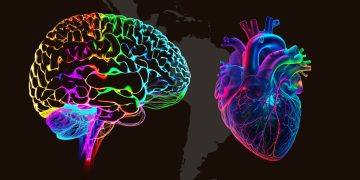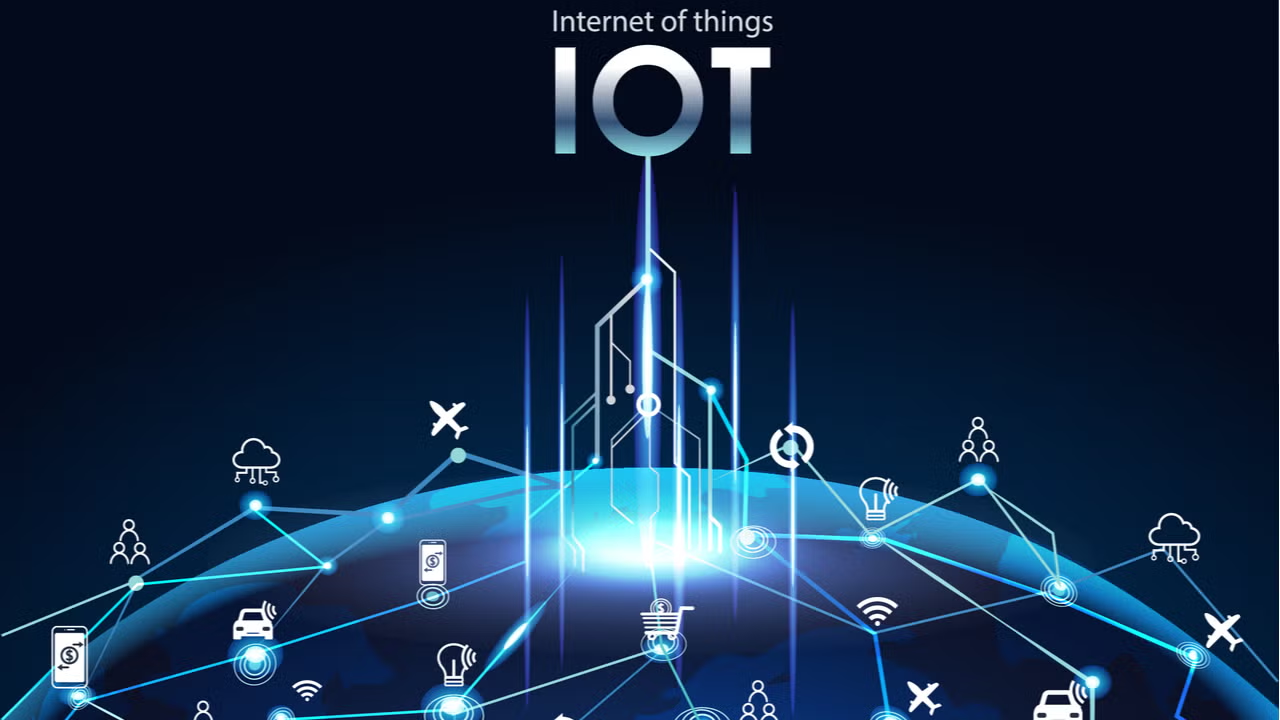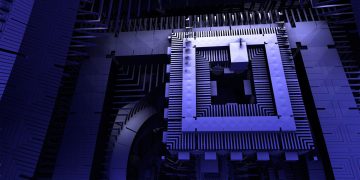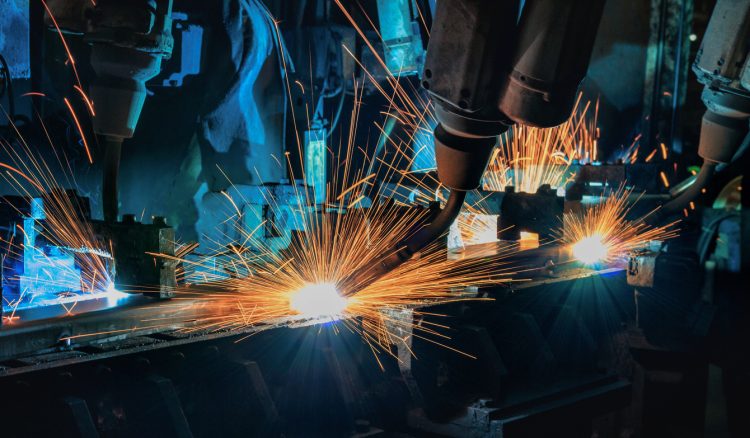In the grand narrative of exploration and conflict, humans have long celebrated courage, bravery, and the willingness to face the unknown with grit and valor. Yet, in the age of rapidly advancing technology, the question arises: why are we sending robots first? Is this a sign that we distrust our own bravery? Or is there a deeper, more strategic rationale behind this emerging paradigm?
The answer lies in understanding the evolution of technology, risk management, and the changing nature of challenges we face. This article dives into why robots are increasingly taking the lead on dangerous missions, what it means for human courage, and how this shift is reshaping our approach to exploration, warfare, and disaster response.
The Evolution of Human Bravery and Risk
Bravery is often defined by the willingness to confront danger despite fear. Historically, bravery meant stepping into the unknown, whether it was crossing uncharted seas, storming fortified castles, or landing on distant planets. This spirit propelled human civilization forward.
But bravery isn’t just about impulsive courage. It’s also about calculated risk. The difference today is that our capacity to mitigate risk has grown exponentially. This doesn’t diminish bravery; it refines it.
Enter robotics and AI. These tools enable us to face danger without exposing ourselves to undue harm. Is this cowardice? Hardly. It’s an evolution — embracing technology to protect human life while still pushing boundaries.
Why Send Robots First?
1. Minimizing Human Risk
In hazardous environments — war zones, deep oceans, nuclear disaster sites, or outer space — human lives are invaluable. Robots can be sent to scout, gather data, and even engage in tasks too dangerous for humans. By sending robots first, we reduce casualties and preserve human life for missions where human judgment and empathy are irreplaceable.
2. Expanding Operational Reach
Robots don’t suffer fatigue, psychological stress, or the need for life support systems. This means they can operate in environments that are either inaccessible or hostile to humans for extended periods. From the depths of the Mariana Trench to the surface of Mars, robots extend our reach beyond biological limits.

3. Data Collection and Real-Time Analysis
Modern robots are often equipped with advanced sensors and AI-driven decision-making capabilities. They collect vast amounts of data and can analyze and adapt in real-time. This allows for smarter mission planning and rapid response to changing conditions — an advantage not easily matched by humans alone.
4. Cost and Efficiency
Training, equipping, and sustaining human teams in dangerous scenarios is costly and time-consuming. Robots, once developed and deployed, can reduce these costs significantly. They can work tirelessly and repeatedly without the need for rest, food, or medical care.
Does This Mean We Don’t Trust Human Bravery?
On the surface, it might seem so. After all, if bravery is about facing danger head-on, why wouldn’t we always send humans first?
The reality is more nuanced:
- Bravery is Contextual: Bravery isn’t just about facing danger blindly. It’s about choosing when and how to face danger effectively. Sending robots first isn’t shirking bravery; it’s applying bravery intelligently.
- Human Judgment Remains Crucial: Robots handle reconnaissance, hazardous entry, and data gathering, but humans make critical decisions, lead teams, and respond to complex, unpredictable scenarios with creativity and empathy.
- Bravery Evolves with Technology: From swords to guns to drones, every leap in technology changes how bravery manifests. The heroism of piloting a drone or programming a rover to navigate alien terrain is a new form of courage — intellectual and technical.
Case Studies: Robots Leading the Way
Space Exploration: The Mars Rovers
NASA’s Mars rovers—Spirit, Opportunity, Curiosity, and Perseverance—have become pioneers, traversing alien landscapes, analyzing rocks, and sending back vital data. Sending humans to Mars is still decades away, but these robots embody our bravery by venturing where humans cannot yet go. They embody both caution and curiosity, protecting human life while expanding our horizons.
Military and Defense
Modern militaries employ drones for surveillance, reconnaissance, and even precision strikes. These unmanned systems allow commanders to assess threats and engage targets without exposing soldiers to unnecessary risks. This technology saves countless lives while maintaining mission effectiveness.
Disaster Response Robots
In nuclear disasters like Fukushima, robots were deployed to assess damage and contain risks, environments too hazardous for human entry. They performed reconnaissance and cleanup in toxic radiation zones, demonstrating the critical role robots play in protecting human responders.
Ethical and Psychological Dimensions

Human Attachment to Bravery
Humans naturally valorize the courage of individuals who confront danger. This cultural narrative shapes our view of heroes and martyrs. The rise of robotic agents forces a reevaluation — what constitutes heroism when machines take the frontline? The answer lies in recognizing the bravery of creators, operators, and commanders behind the machines.
Ethical Responsibility
Deploying robots first also raises questions about accountability and ethical decision-making. Unlike humans, robots lack intrinsic moral judgment. This necessitates stringent protocols and human oversight to ensure ethical conduct in robotic missions.
The Future: Coexistence of Humans and Robots
Robots are not here to replace human bravery but to complement it. The future will likely see hybrid teams where humans and robots collaborate seamlessly.
- Enhanced Human Capabilities: Exoskeletons, AI-assisted decision tools, and robotic companions will augment human performance and safety.
- New Frontiers for Bravery: Courage will extend into the domain of technology management, innovation, and complex human-machine interaction.
Conclusion: Redefining Bravery in the Age of Robots
Sending robots first is not a failure of human courage but a strategic evolution. It reflects a sophisticated understanding of risk, technology, and the value of human life. Our bravery is not lessened — it transforms, adapting to the tools and challenges of a new era.
In this partnership, robots are the scouts, the first responders, the trailblazers. Humans remain the heart, the decision-makers, and the ultimate bearers of moral responsibility.
So, do we distrust our bravery? No. We trust it enough to preserve it, refine it, and enhance it with the remarkable power of technology.



















































Discussion about this post